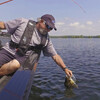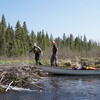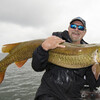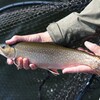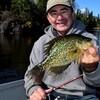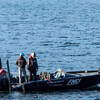
Weighting For Panfish
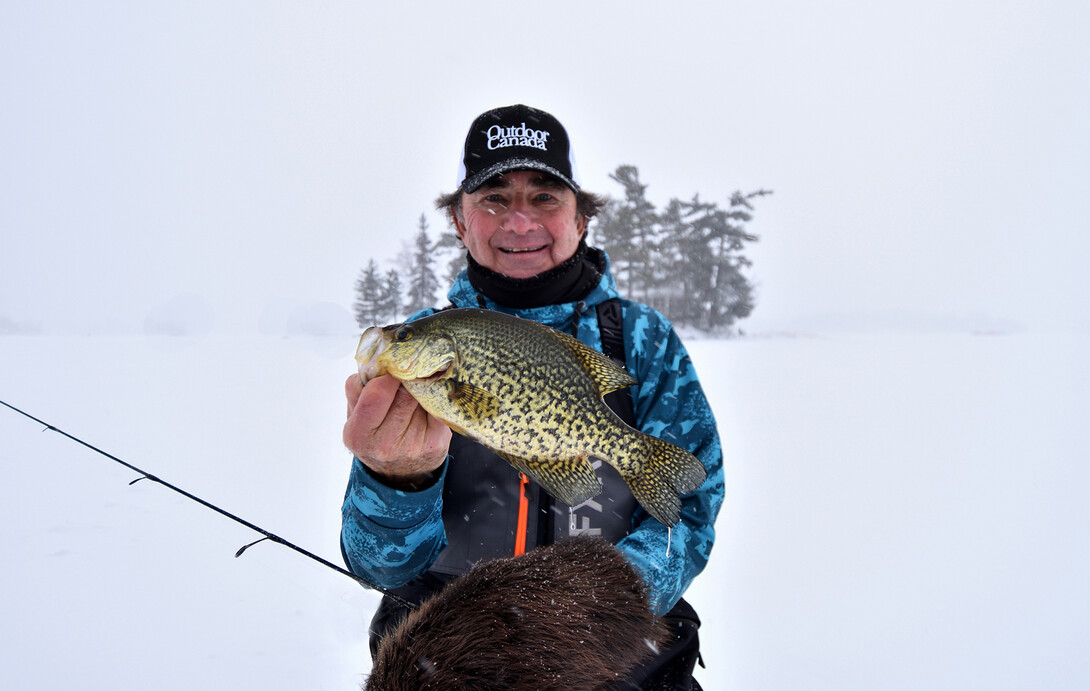
My grandson Liam and I have welcomed in the New Year like chickens running around with our heads cut off, chasing lake trout and burbot one day, speckled trout and splake the next and black crappies and yellow perch the day after that. And with the beautiful warm sunny weather we’ve been enjoying across the middle and northern parts of the province, the ice fishing has been outrageous.
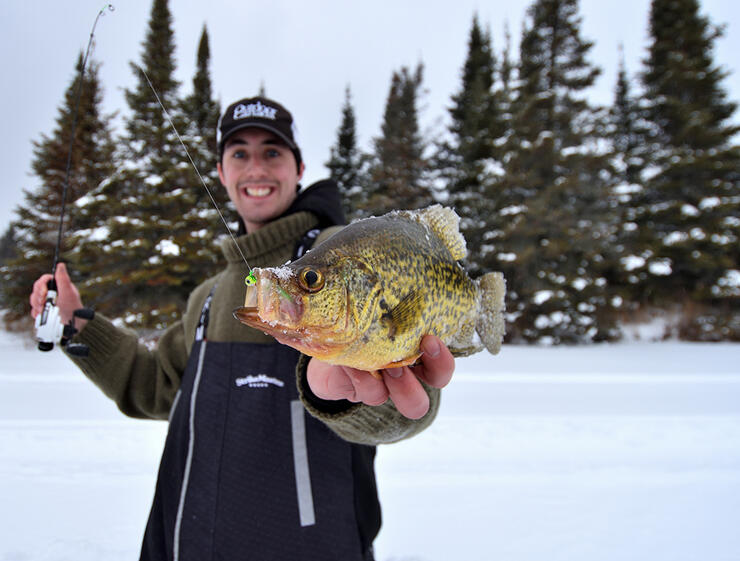
From the email and text messages I’ve been receiving, it would appear that there are a lot of other happy campers out there enjoying the ice-fishing as much as us. Especially, folks who have been targeting panfish. Which brings us to the question of the day — one that I have received in one form or another from several anglers — about ideal weighting systems. I have to chuckle, too, because I heard my cell phone ringing inside my parka and saw the first message arrive at precisely the same time that Liam was hauling up a gorgeous thirteen-inch slab crappie.
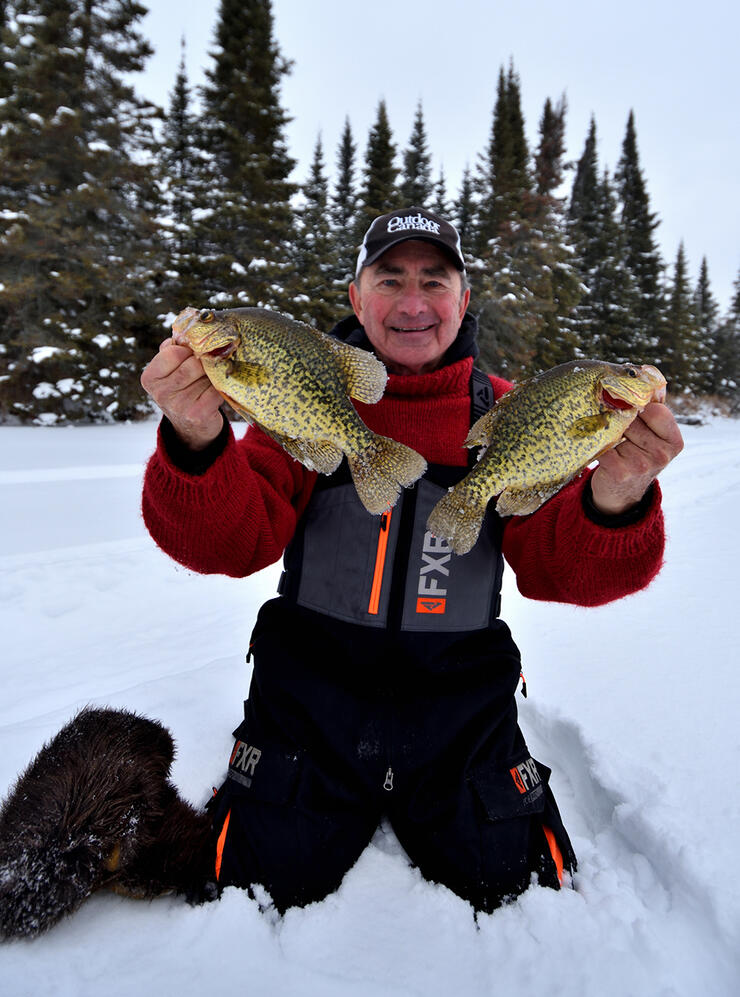
We were fishing in 24 feet of water, at the end of a subtle underwater point, and the big bruisers were bunched up and feeding greedily. We ended the day catching and releasing a crazy number of fish — something like 30 or 40 — keeping four dinner plate-shaped slabs each for a scrumptious evening shore lunch. The hot bait for Liam was a 1/16th-ounce chartreuse, yellow and orange firetiger coloured VMC bucktail jig, while I punched my dinner ticket jigging a similar colour 2 1/4-inch Mister Twister Sassy Stingum that I had pinned to a 1/32-ounce lead head.

Liam’s little bucktail fell fast enough on its own, but to get my lure down as quickly as his — and keep the school fired up — I first tied on a 1/28-ounce glow Wonderbread coloured Acme Kastmaster Micro Series tungsten spoon from which I had removed the hook. I added two-and-a-half inches of three-pound test fluorocarbon to the O-ring where the treble had been positioned, and then the Sassy Stingum. It is a deadly weighting system for panfish because the tiny spoon serves as a colourful attractor as well as weight. And because it is made of tungsten which is 40 percent heavier than lead, it is minuscule and doesn’t overpower the jig, making it the best of all possible worlds.
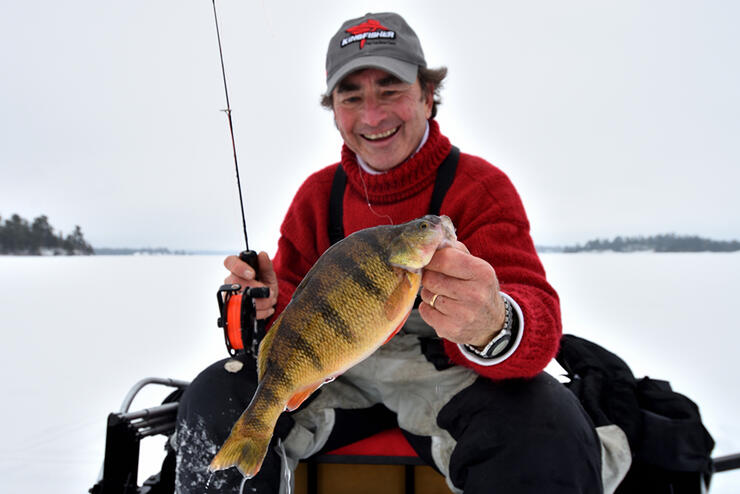
I should mention, too, that there is magic in the dropper length of two-and-a-half inches between your spoon and hook. Keep it this length — or just a little shorter — and it will almost never tangle when you let it fall. We’ve experimented with many dropper lengths over the years and trust me — two-and-a-half-inches is stellar.
Many times, however, you will find the perch and crappies have their lips sealed tightly. You can see them on your sonar screen and they’ll rise up to look at your lure, but you struggle to entice them into biting. When this happens I typically remove the spoon and offer the fish no other distractions than my lure. But, I still want to get my bait down to them quickly, so I use split shot, but not the shot most ice anglers use. Instead, I rely on the super soft lead shot that I apply in the open water season when I am fly fishing for trout.
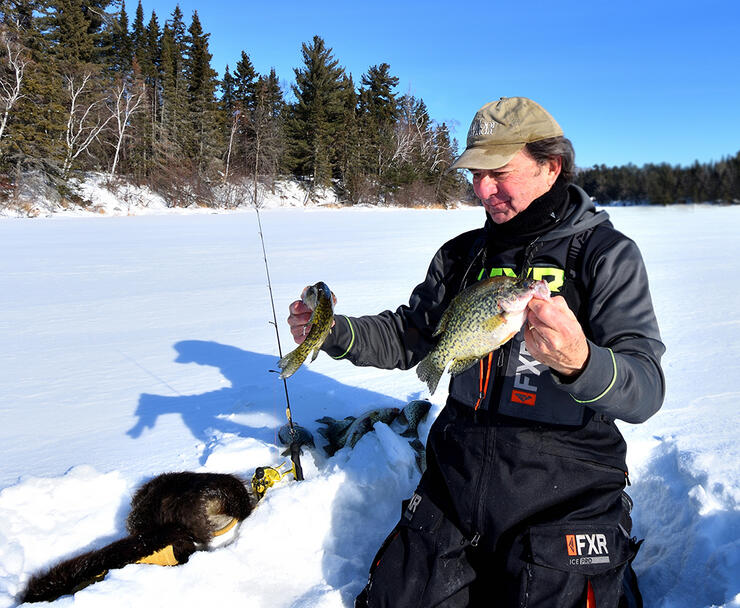
Rather than sporting big floppy ears, fly fishing shot is perfectly round with a little divot cut into it for easy removal. It also comes in a huge range of sizes — especially in the most diminutive dimensions — that makes it easy to perfectly fine-tune the weight on your line.
But it is the malleability of the soft shot — you can squeeze it with your fingertips — that makes it a godsend when you’ve scaled down to one-, two- and three-pound test line. Use a pair of pliers or forceps to compress a normal lead shot and you’ll weaken it immensely.
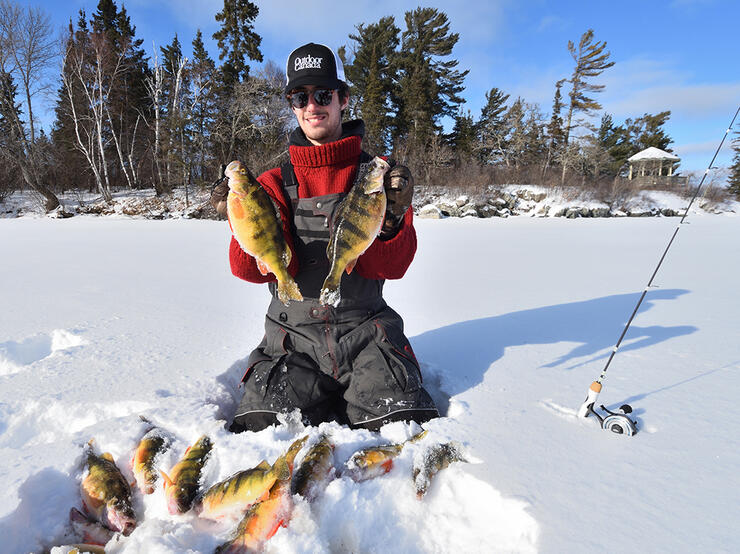
Oh, yes, one last trick before we get to work. If after squeezing on a soft fly fishing split shot you find it sliding down the line to your jig or lure, take a small piece of fishing line and simply tie a barrel backing or uni-knot a couple of inches up your line. It will anchor and block your shot and keep it in place perfectly to ice scores and scores of Ontario panfish.
Recommended Articles

Winter Fish Scents
Ontario Brook Trout
Top 8 Places to Ice Fish in Ontario

Eating Northern Pike

Predicting Lake Thickness
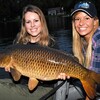
Fishing Carp

Trophy Lake Trout and Smallmouth Under the Northern Lights
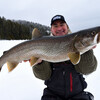
Rigged for Ice Fishing Success

Dream Fishing Trips
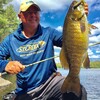
Bronze Bass Blast

Yellow Perch Egg-Stacy
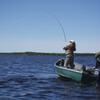
Kesagami Wilderness Lodge
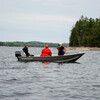
Lady Evelyn Lake
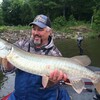
Goulais River Muskie
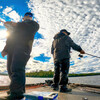
Big Boat Portaging
Top 5 Musky Destinations in Ontario

10 Facts About Lake of the Woods

Learn to Be Slow in a Hurry
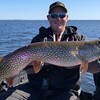
Fishing Dreams Come True

